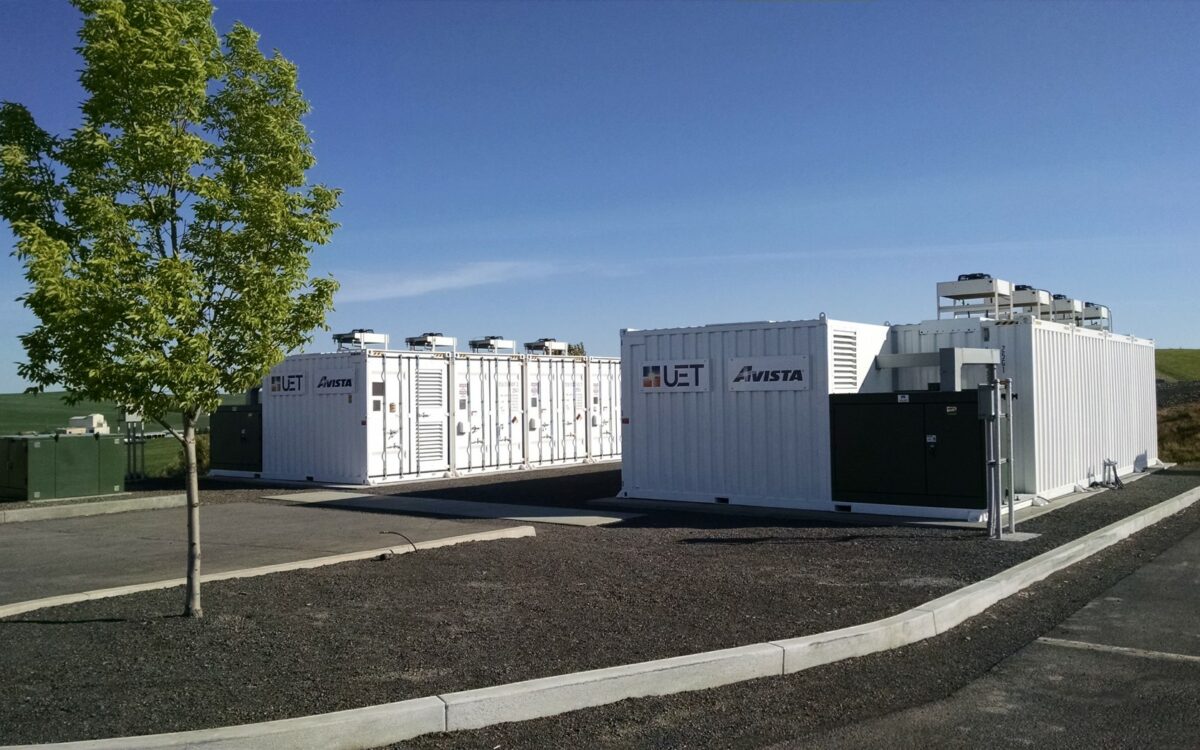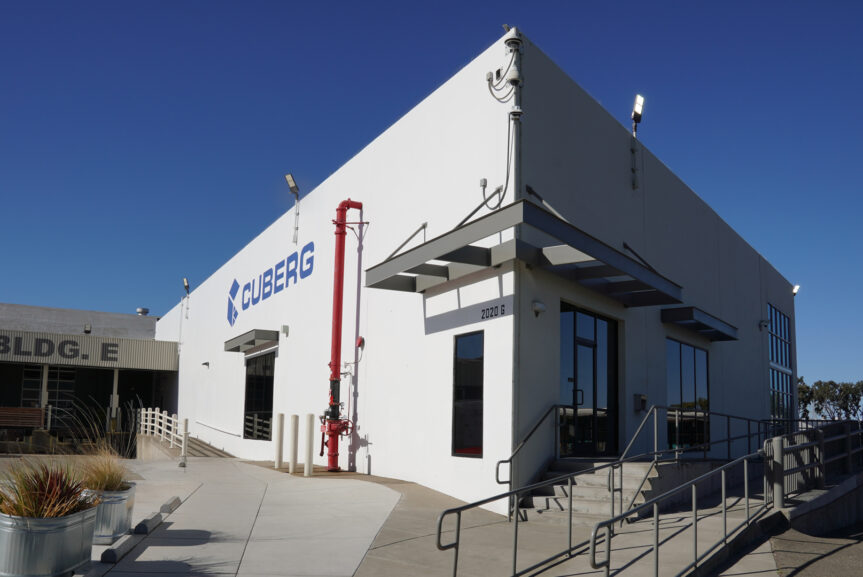Battery energy storage system (BESS) installations are surging, up 51% year-on-year to over 130GWh in the third quarter of 2024, according to analysts at Rho Motion. The full year is expected to exceed 200GWh and 40% growth is anticipated in 2025.
It said in its quarterly Battery Energy Storage System highlights that the grid market continues to be the strongest growth driver. The total grid demand in 2023 has been surpassed and reached 100GWh in the year to date. There was notable growth in China, Chile and the US.
China’s commercial and industrial behind-the-meter (BTM) market is projected to double from 2023, while forecast demand from datacentres in the US is driving future UPS demand.
Rho points out that the LFP market share is set to account for 90% of demand for the first time. This is across both grid and BTM applications. At utility-scale level, the LFP BESS system price in China has fallen below $100/kWh for the first time, and price declines are also seen outside China.
“This low cost will continue to drive LFP market dominance, with BESS system prices falling below $100/kWh in China,” it said.
Pricing agency Fastmarkets reported the growth in Chinese shipments of batteries for ESS is far outstripping the growth in deliveries of batteries for electric vehicles (EVs).
It said shipments of ESS batteries amounted to 216GWh in the first three quarters of the year, up 70% compared to the 127GWh shipped in the same period of 2023. In comparison, shipments of power batteries for EVs totalled 533GWh in the first nine months of 2024, up 20% from the same period of 2023.
It reported that battery producers in China have been expanding BESS capacity to offset the slowing EV growth rate, and taking advantage of falling costs for the production of lithium batteries.
It added that at end-2023, China had 86GW of ESS in place. Energy from pumped hydro power accounted for more than 59% and battery storage nearly 40%, according to China Energy Storage Alliance data.
Photo: UniEnergy Technologies












